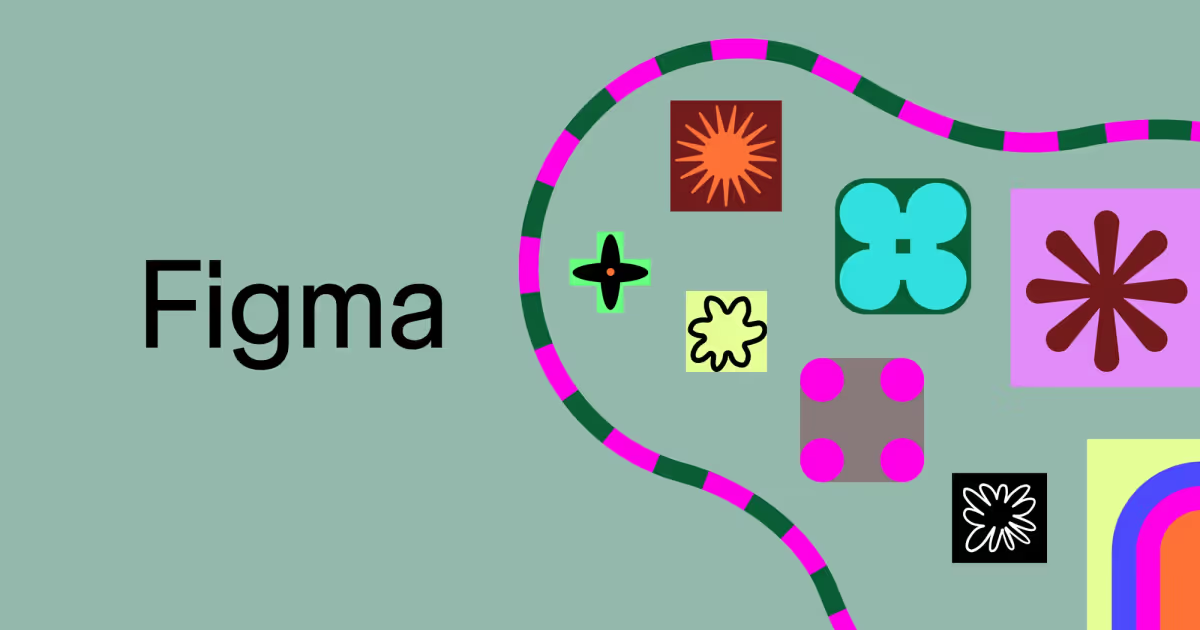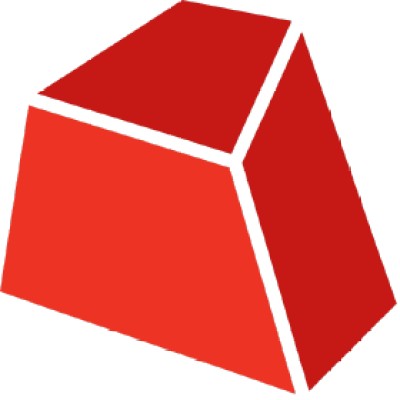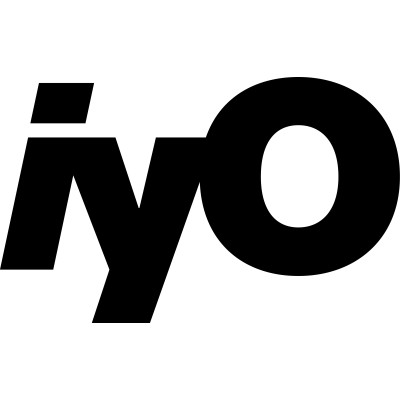
Figma exists to redefine how teams create and innovate by making design universally accessible and collaborative through the power of the cloud. We envision a future where design is a seamless, real-time dialogue that anyone can join, regardless of expertise or location.
By building a browser-based platform that removes traditional barriers such as expensive licenses and platform lock-in, Figma empowers individuals and organizations to co-create interfaces and experiences together, advancing creative potential and productivity. Our integration of AI and connected product workflows amplifies this mission to span the entire lifecycle of design and development.
At our core, we are pioneers unlocking new forms of creativity and collaboration, shaping the future of digital product design through technology that connects people, ideas, and innovation in real time.
Our Review
We've been watching Figma transform the design world for years, and honestly, it's been quite the ride. What started as two college students' crazy idea to build "Photoshop in the browser" has become the tool that's pretty much eaten the entire UI design industry for breakfast.
The numbers tell the story: 75% of product designers now use Figma as their go-to tool. That's not just market penetration—that's complete domination.
What Makes It Click
The real magic isn't just that Figma works in a browser (though that's still impressive). It's how they nailed real-time collaboration in a way that feels natural. We've all been in those painful design review meetings where everyone's squinting at a static mockup on someone's laptop screen.
With Figma, your entire team can literally be in the same file at once—designers tweaking layouts, developers checking specs, product managers leaving comments. It's like Google Docs, but for creating beautiful things instead of boring spreadsheets.
The Ecosystem That Keeps Growing
What caught our attention recently is how Figma isn't content to just be a design tool anymore. FigJam turned them into a whiteboarding platform, and Dev Mode is bridging that eternal gap between designers and developers.
The AI features they've been rolling out feel genuinely useful rather than gimmicky—which is refreshing in today's "AI everything" landscape. They're clearly thinking about the entire product development lifecycle, not just the pretty pixels part.
That Wild IPO Moment
Let's talk about that IPO for a second. Going from a $33 debut to closing at $115.50 on day one? That's the kind of market response that makes even seasoned tech watchers do a double-take.
It signals something important: the market believes Figma isn't just riding a design tool wave—they're building something that fundamentally changes how creative teams work. After dodging that $20 billion Adobe acquisition (thanks, European regulators), they proved they could stand on their own just fine.
Feature
Cloud-based collaborative design platform
Real-time multi-user interface design
Vector graphics and UI design tools
Prototyping and developer handoff
Version control and design system management
FigJam online whiteboarding with AI enhancements
Dev Mode for design-to-code workflow integration
Extensive community and template sharing








